At Grinnell, we often hear tales about the College’s past that range from rumors about the Clark Hall pig slaughter to stories about the adventures of 10/10. What we tend to forget, however, is that the very town we live in also has a rich history. The Grinnell Historical Museum aims to preserve this history and share it with the town.
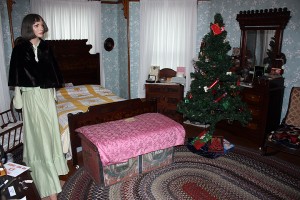
The late Victorian ten-room building which houses the museum was built in 1886 by local merchant J. H. McMurray and acquired by the Grinnell Historical Society in 1965. It is run entirely by volunteers who are committed to the preservation of Grinnell’s history.
“We’re interested in opening the museum to the public. It’s a wonderful place with wonderful artifacts—what good is it if people don’t enjoy it?” said Carol Nielsen, the Docent Coordinator.
Artifacts at the museum include J. B. Grinnell’s 1887 Wooton desk, an extensive dress collection featuring wedding dresses from the 1800s up to the 1990s, a Duncan Phyfe desk, an international doll collection, a 1932 electric refrigerator manufactured by the Grinnell Washing Machine Company, hair wreaths, and, absurdly enough, a jar of decomposed blueberries. Legend holds that after the 1882 tornado wrought widespread destruction in the town, this jar of blueberries was found intact about a mile away from where it had initially been.
Other than the wide variety of artifacts, what makes the museum especially interesting is the fact that most of these artifacts are accessible, and though visitors are generally discouraged from touching them, very few are glassed-in. Yet another perk of the museum is that there is no entrance fee.
The museum aims to attract as many people as possible, college students in particular.
“We’re always trying to get college students to come,” said Dorrie Lalonde, the curator. “Usually when [college students] come it’s in the week before they graduate, they realize it’s something they wanted to do all along but never made the time for.”
These concerns are part of what led Ross Noecker ’11 to intern at the museum this past summer.
“People go to school here for four years and in many cases, they don’t know anything about the community,” Noecker said. “A lot of people don’t even know the museum exists. It was a great opportunity to learn about the history of this town that I’ve lived in for three years.”
Noecker expressed a desire to extend the museum’s history to the College and mentioned attempts to incorporate museum tours into New Student Orientation (NSO). Though museum tours did not make it into the NSO schedule this year, he was still able to offer guided tours to many parents.
In addition to its historical artifacts, the museum also hosts special events. Last Thursday it hosted Jingle Bell Holiday, a holiday celebration in town featuring guided tours, hot apple cider, fresh chestnuts and carriage rides. The idea behind the event at the museum was to further attract visitors. The event was well attended and the efforts were appreciated.
“I think it’s a credit to the community,” said Jean Libby, a visitor. “It maintains some of the history of the community that without the effort of a lot of people would’ve been lost to generations.”
The Grinnell Historical Museum is located on 1125 Broad Street and is open on Saturdays and Sundays from 2 p.m. to 4 p.m. It will be closed in January and February.
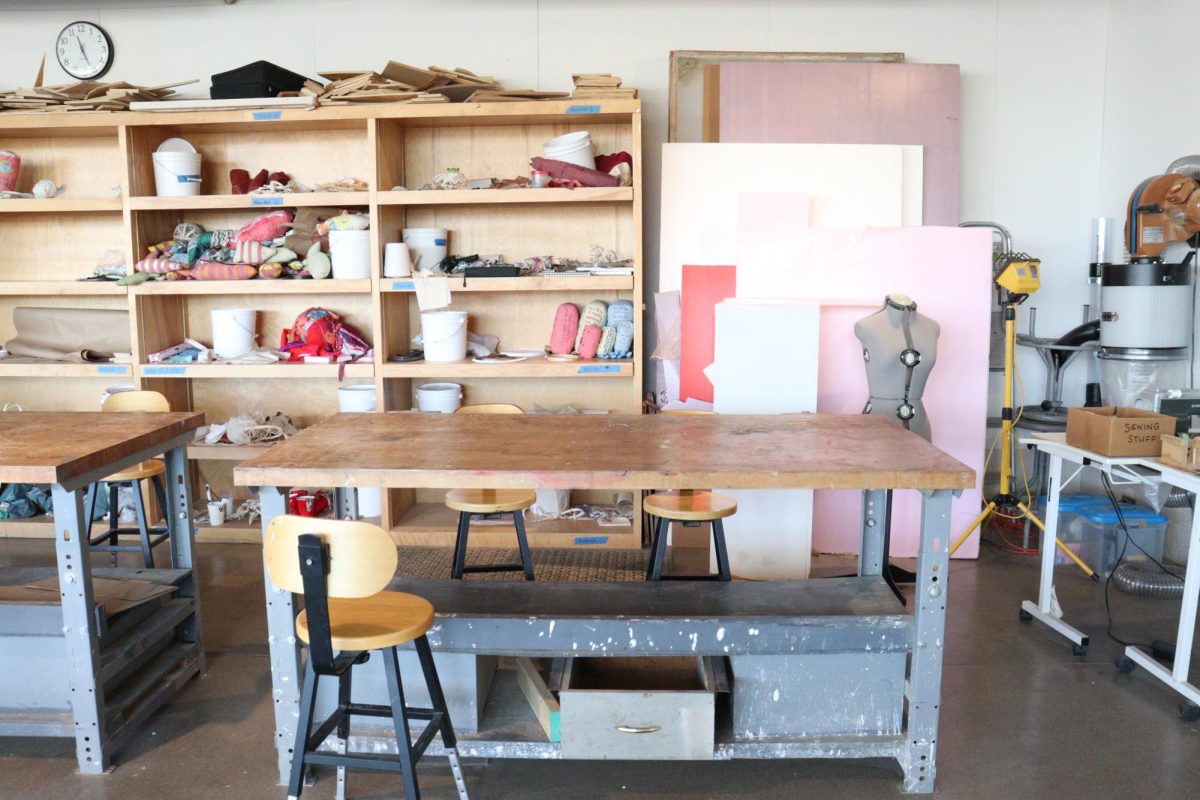
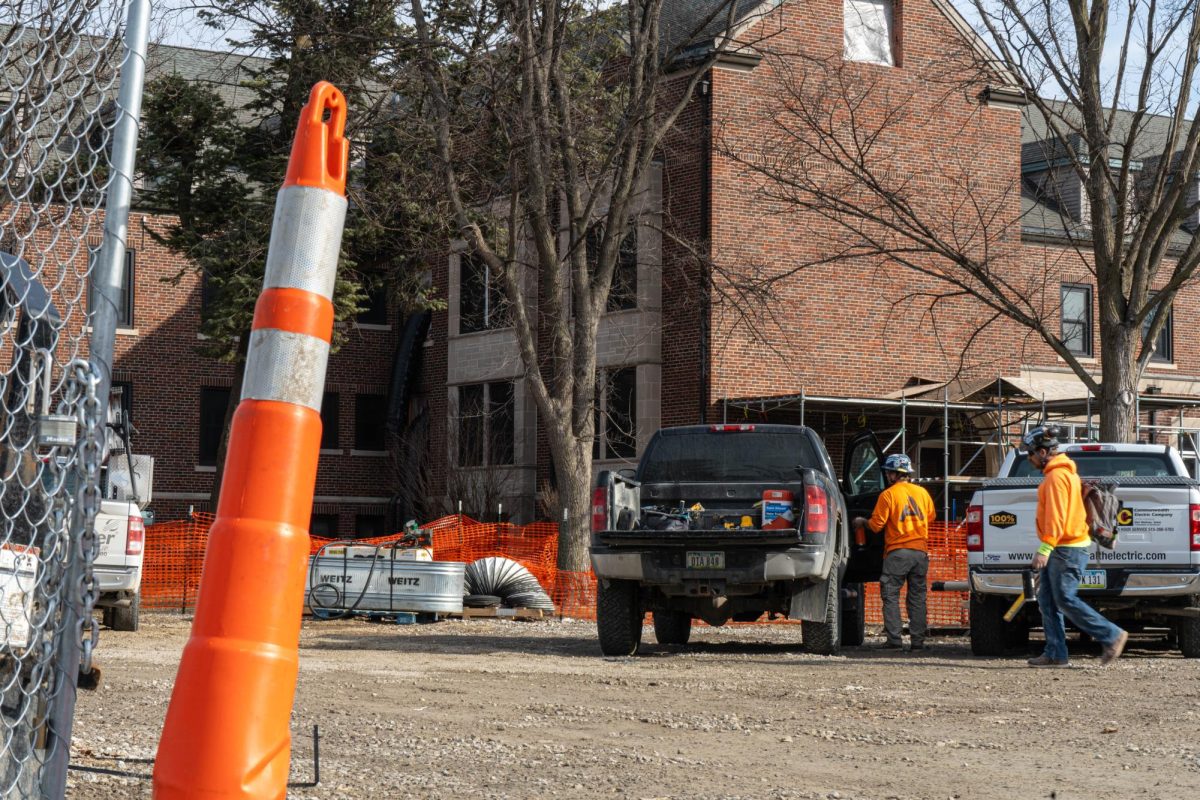
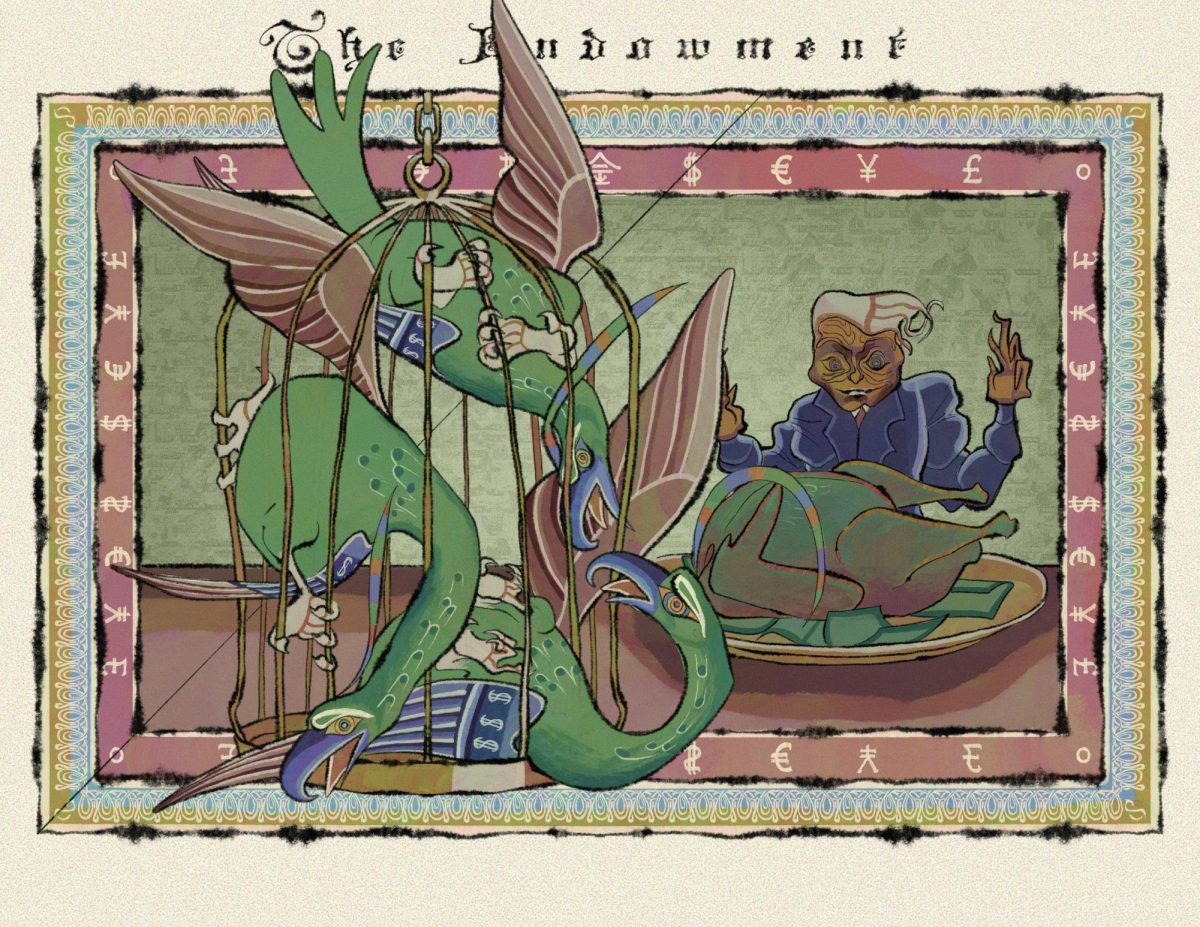
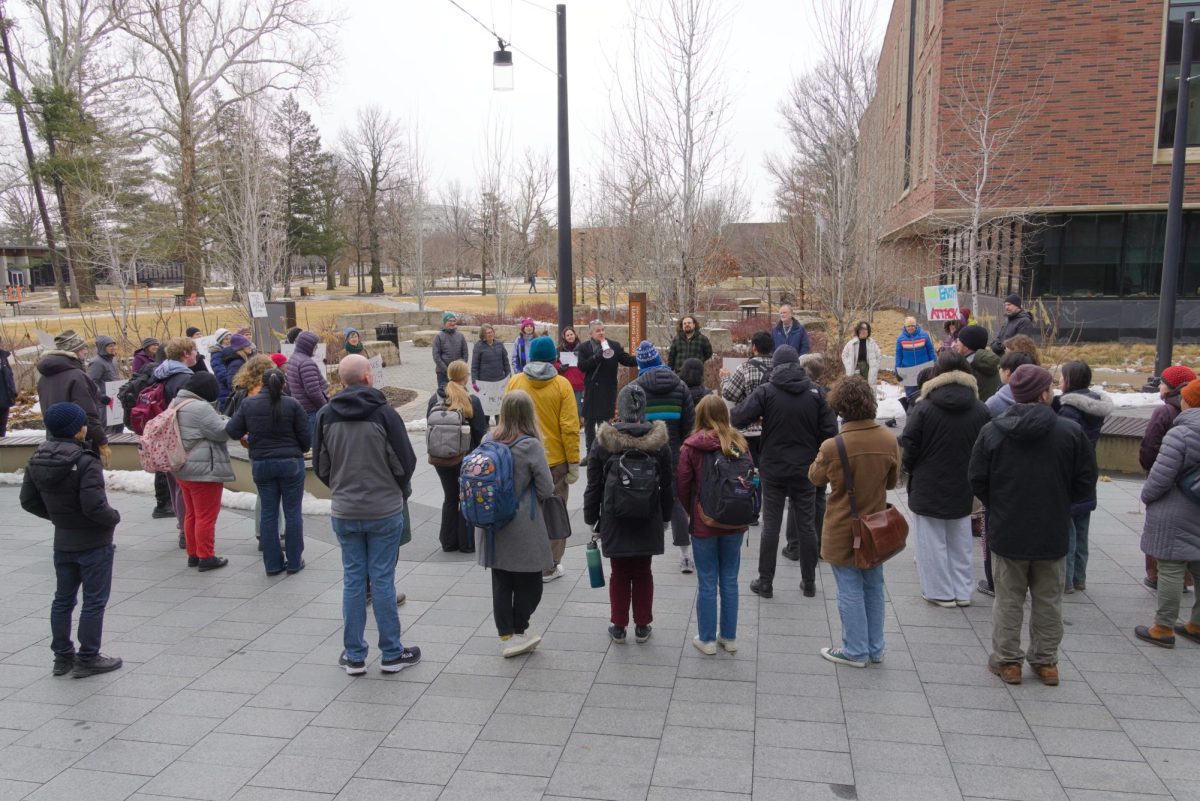
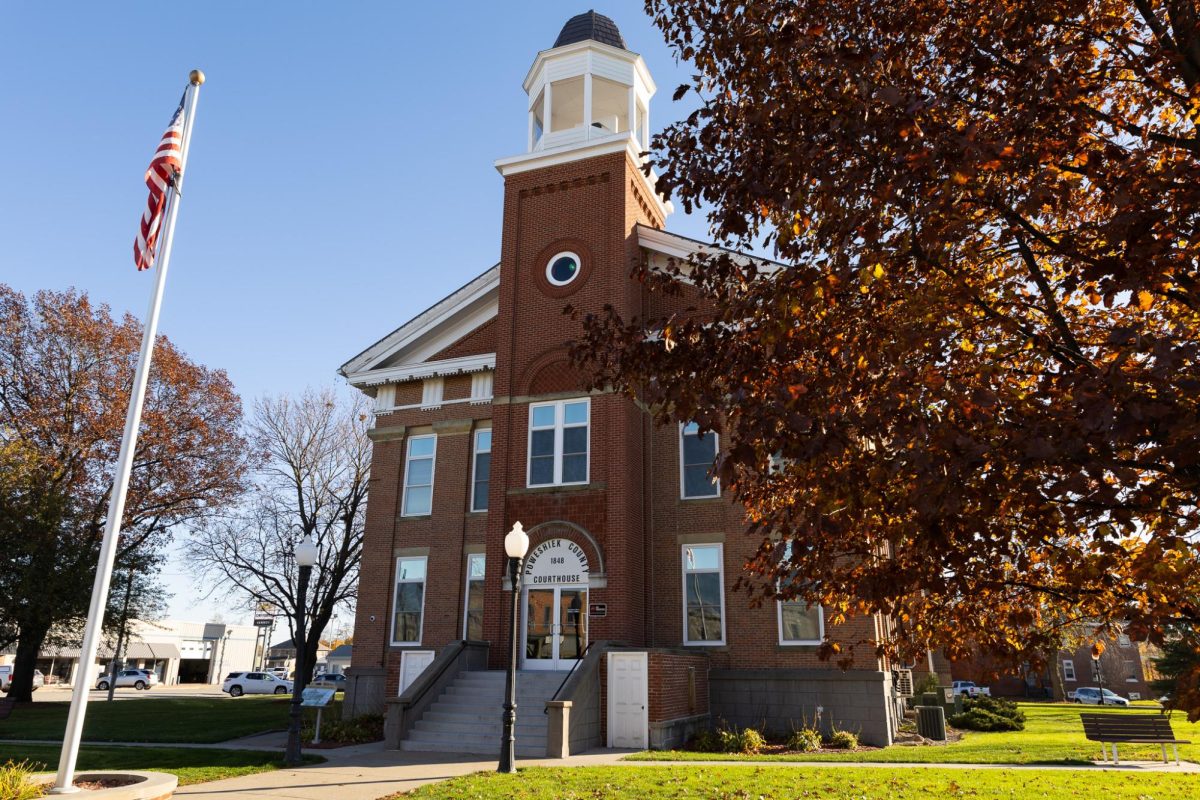


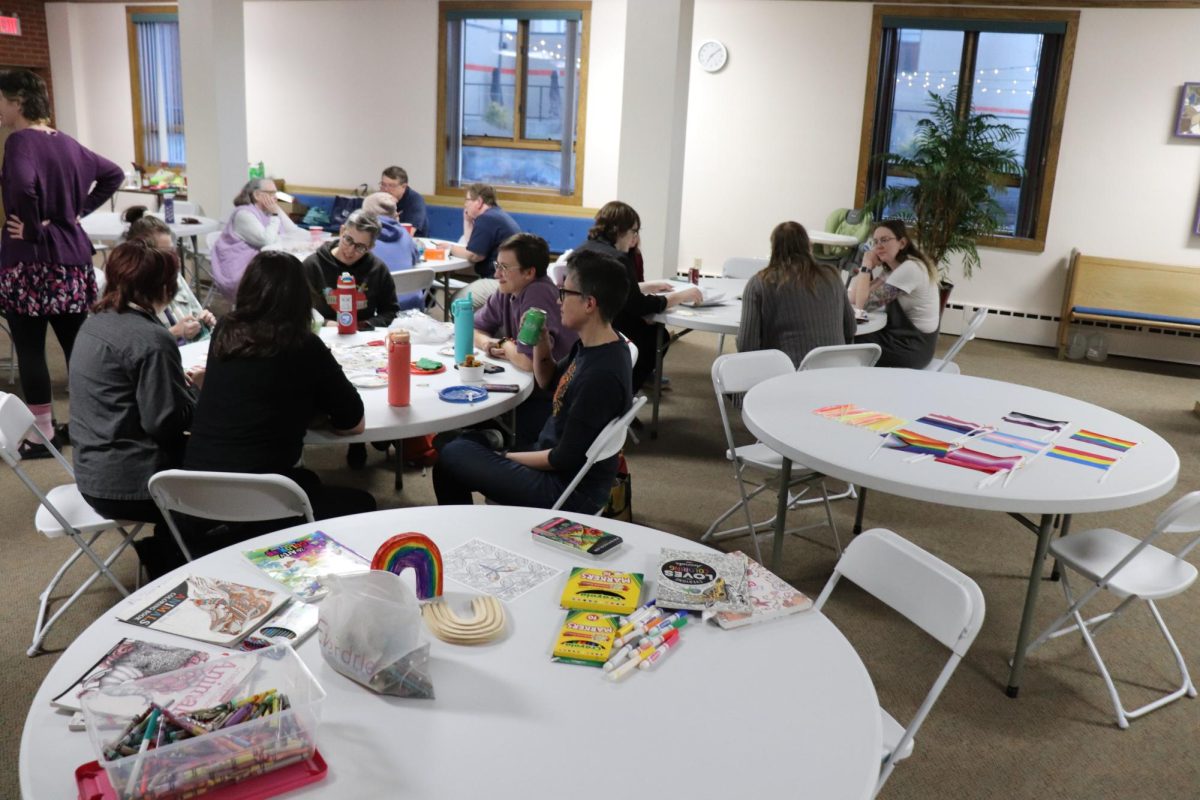
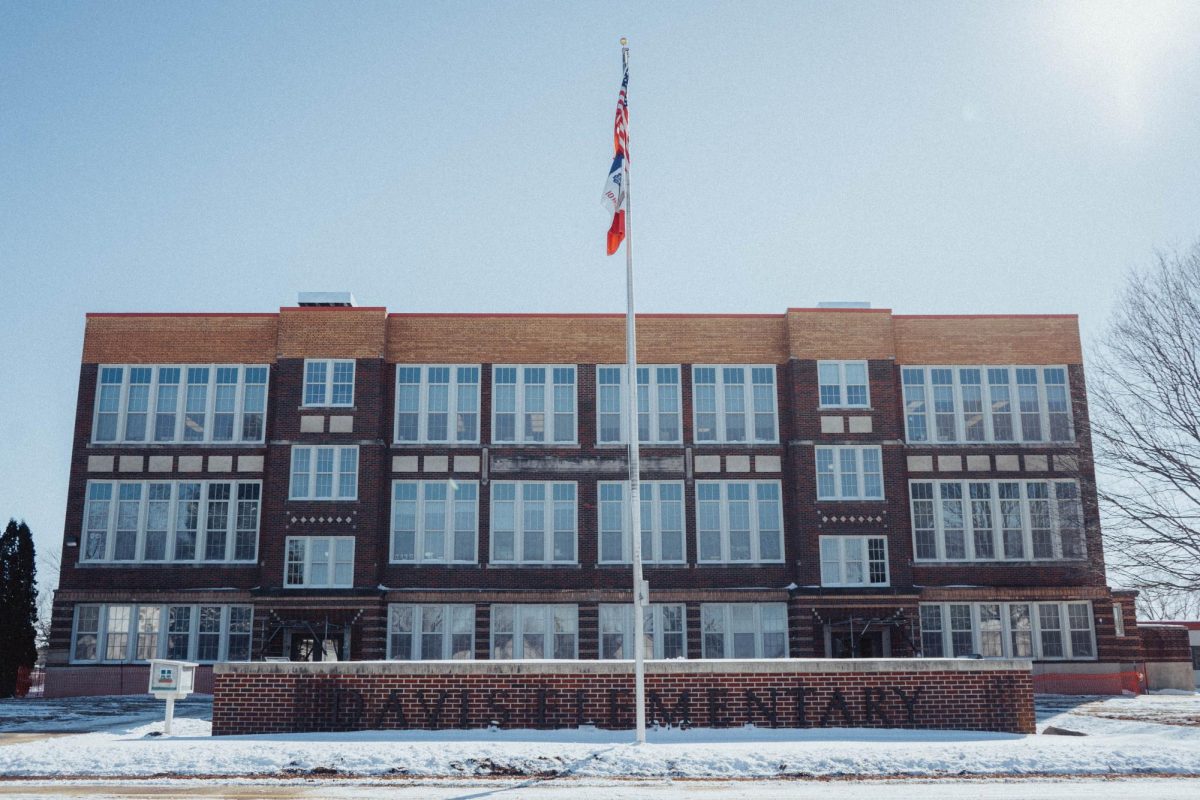
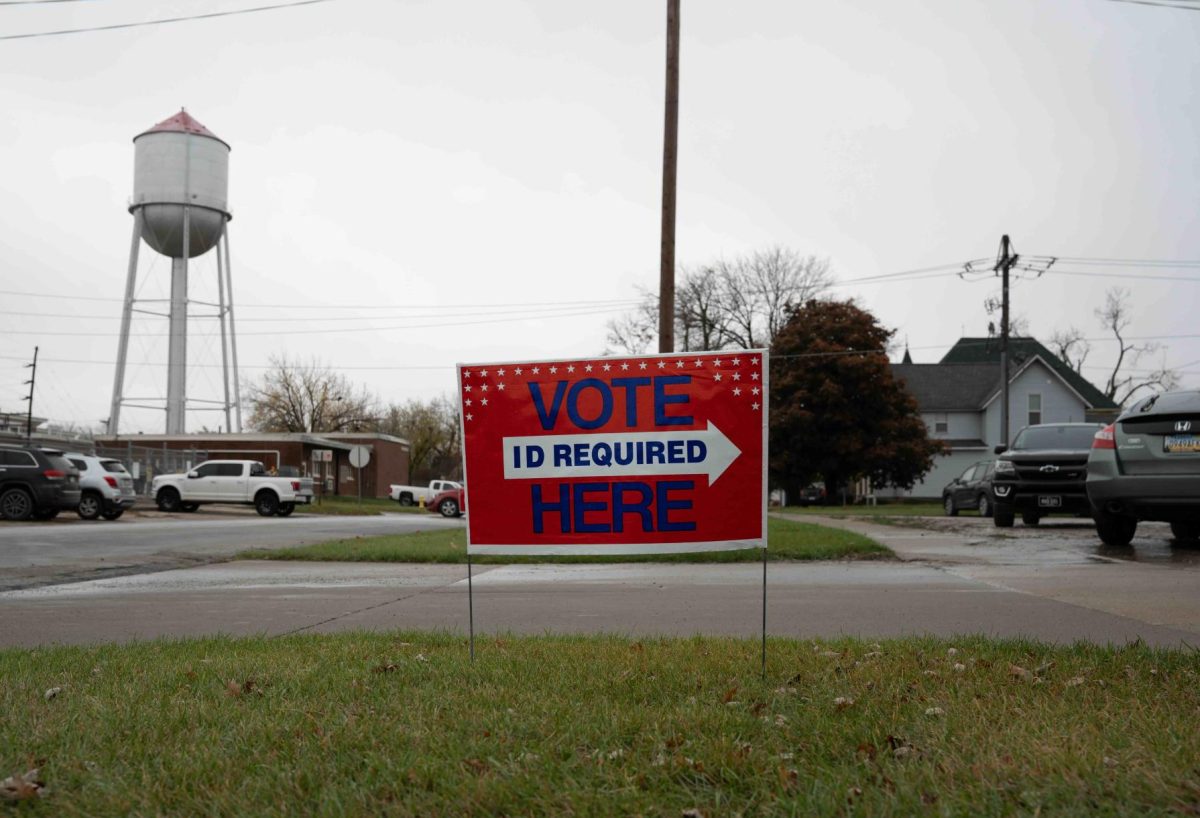

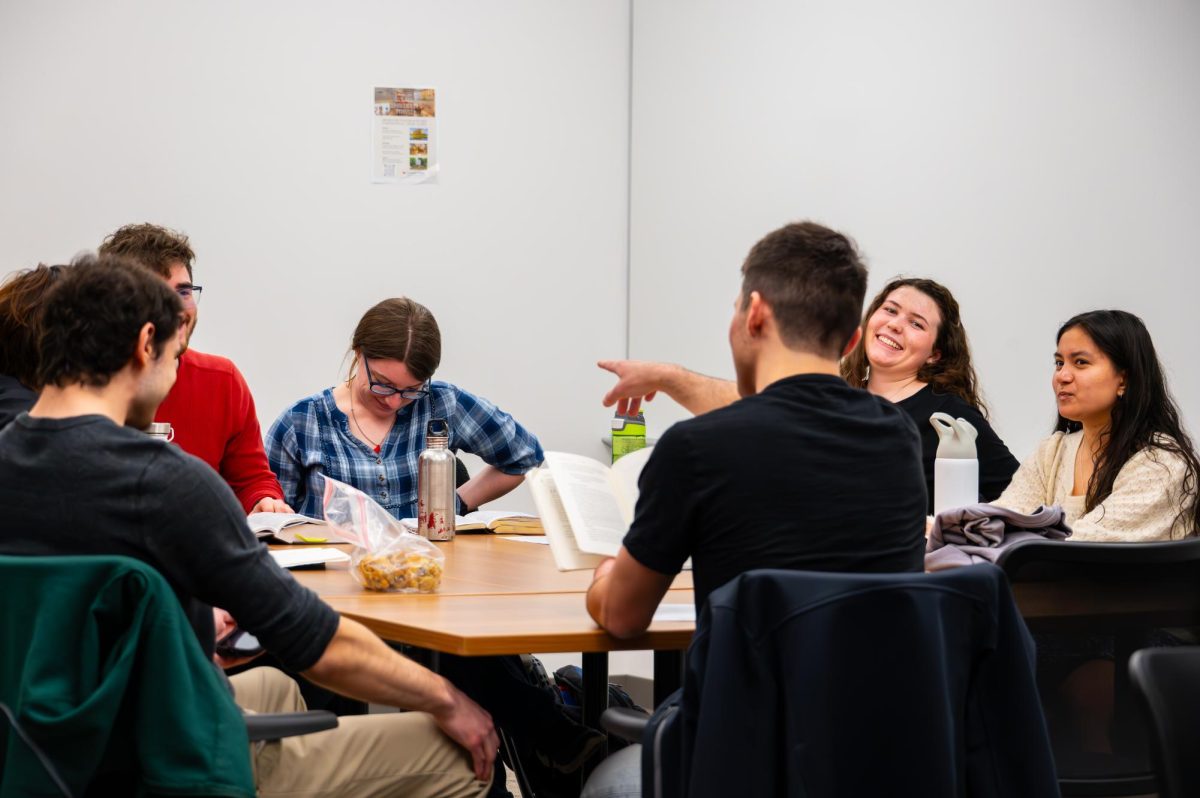
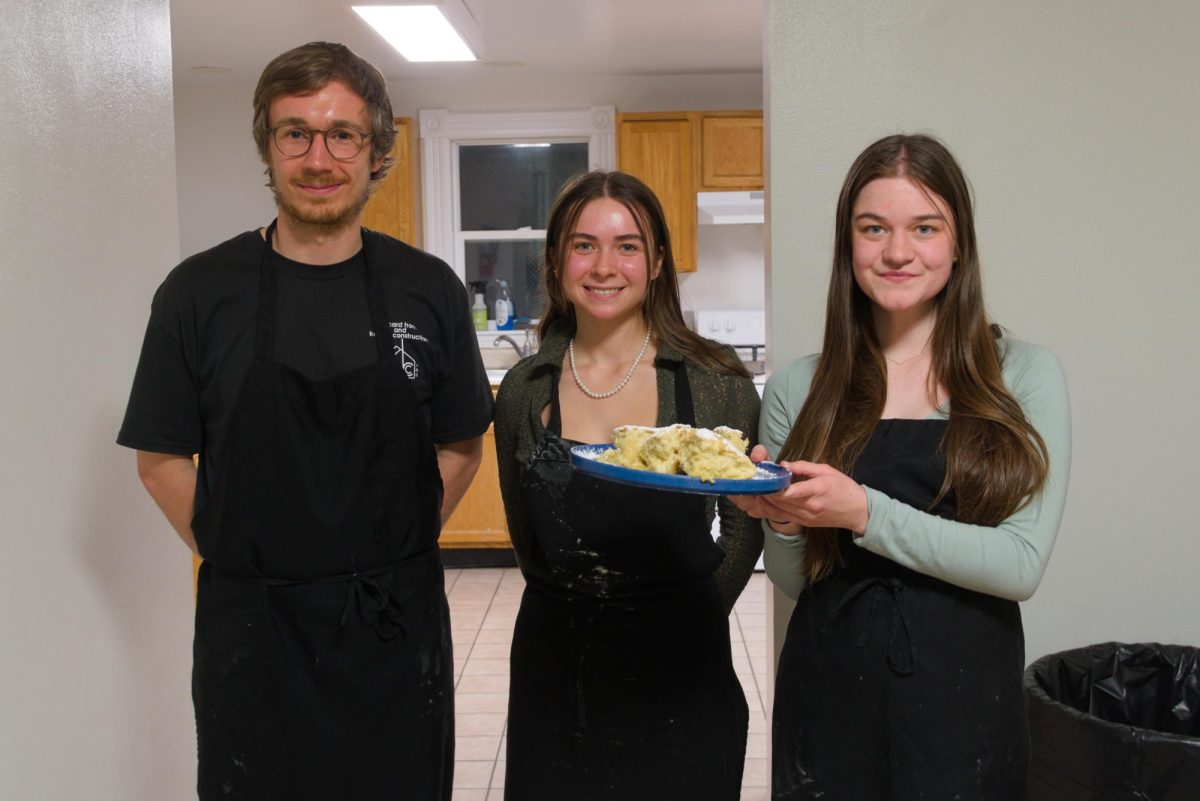
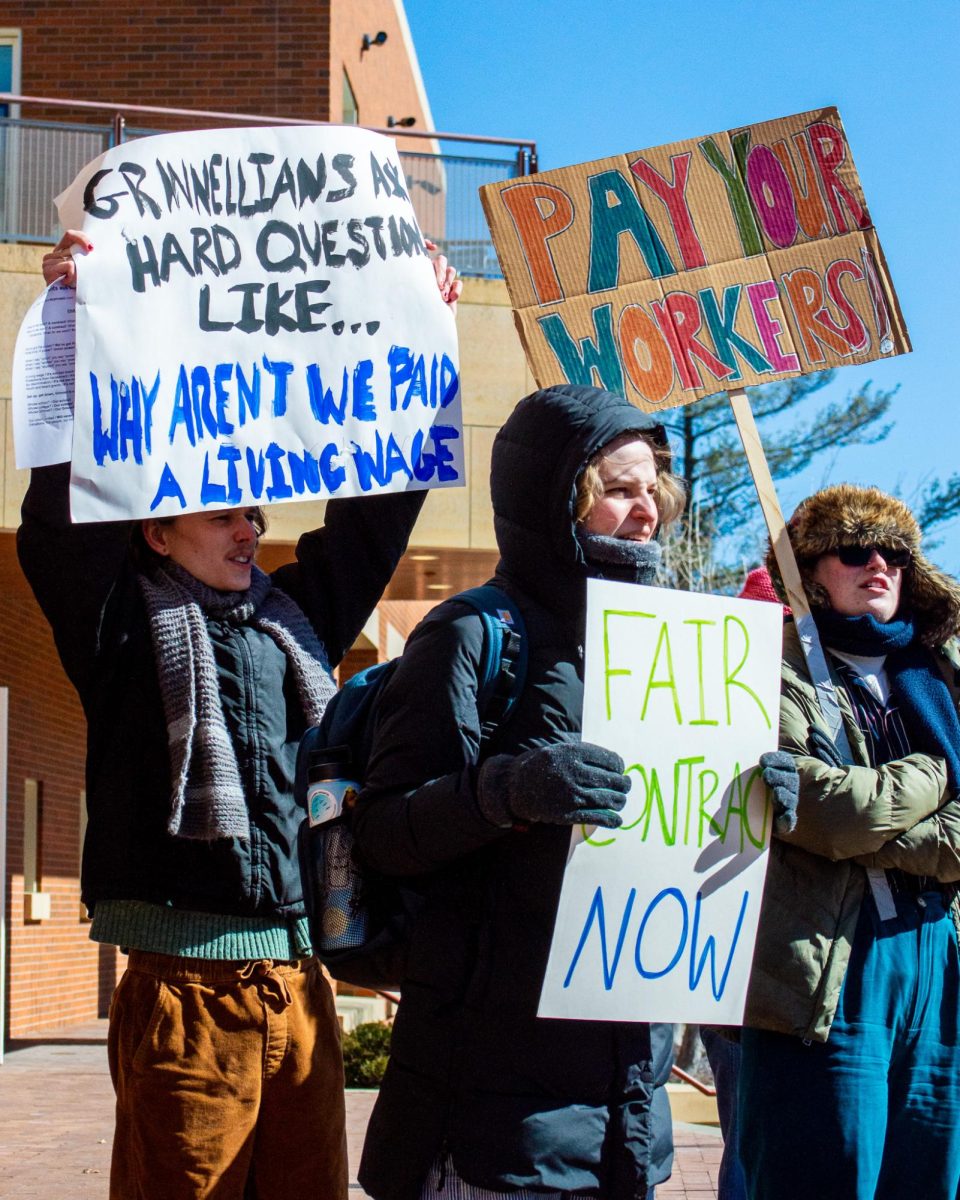
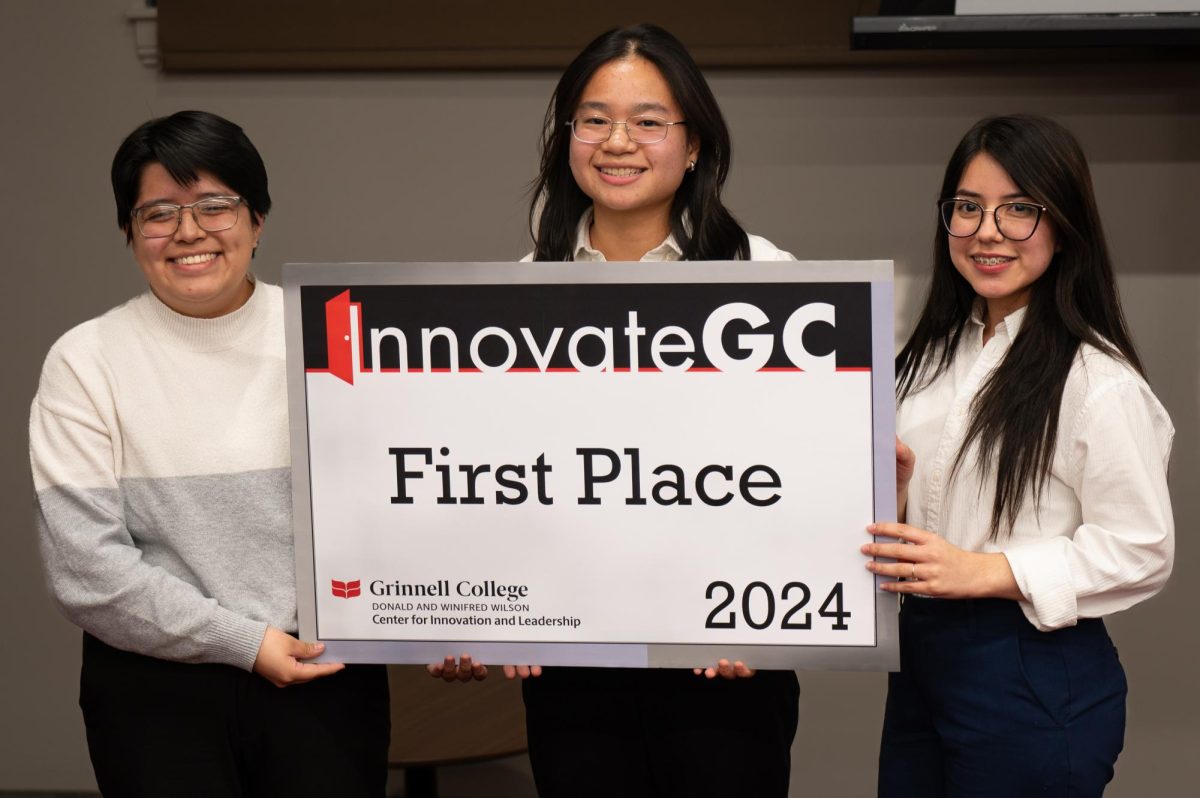
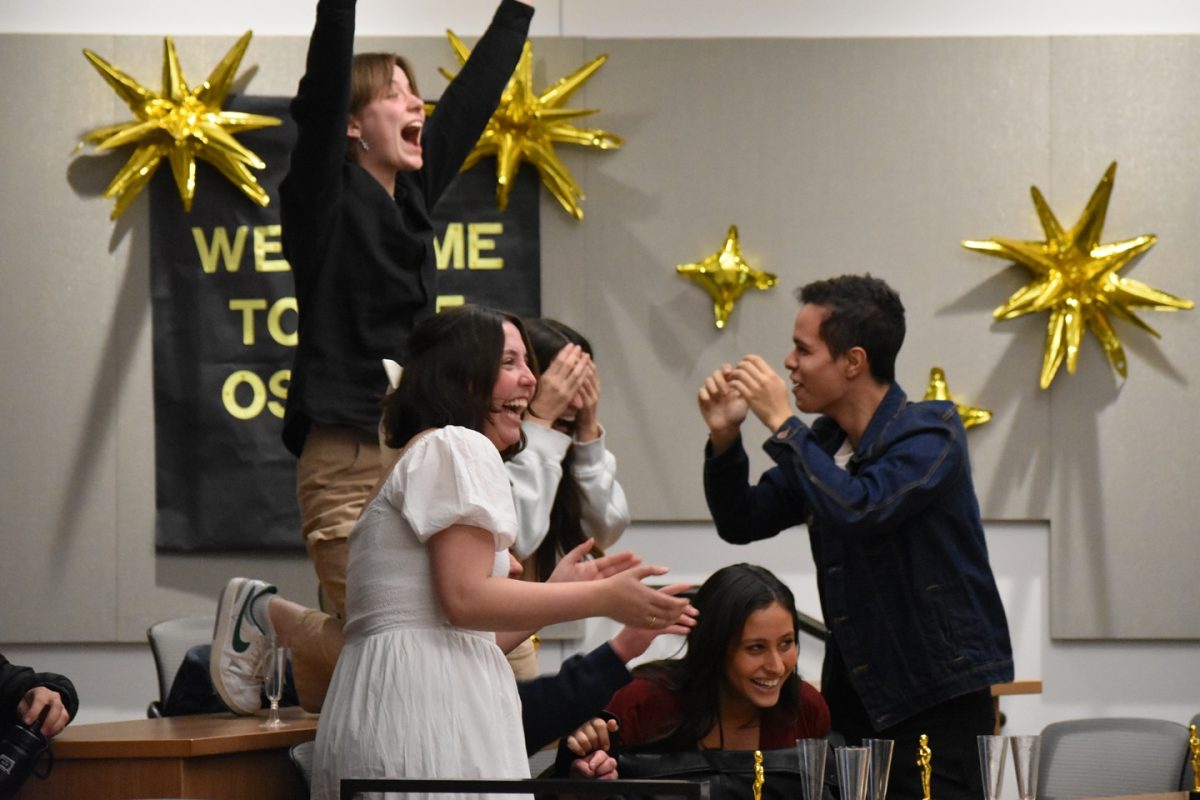
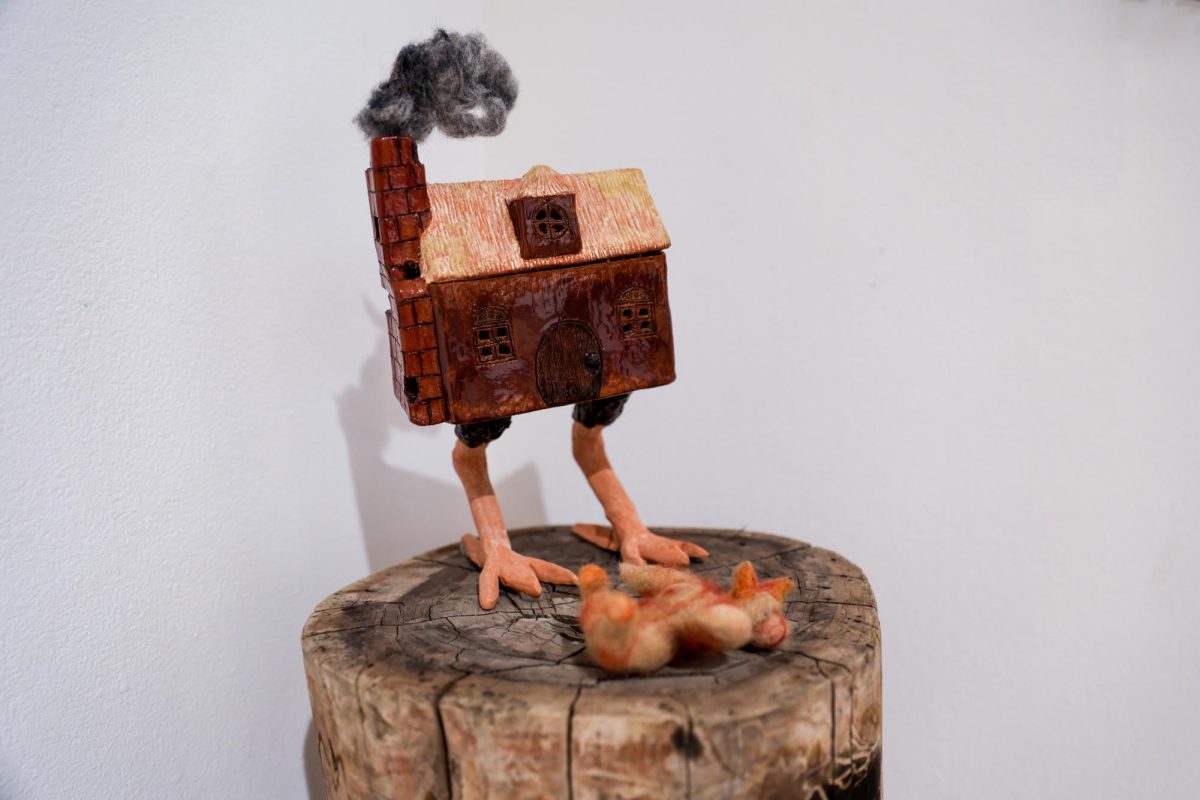
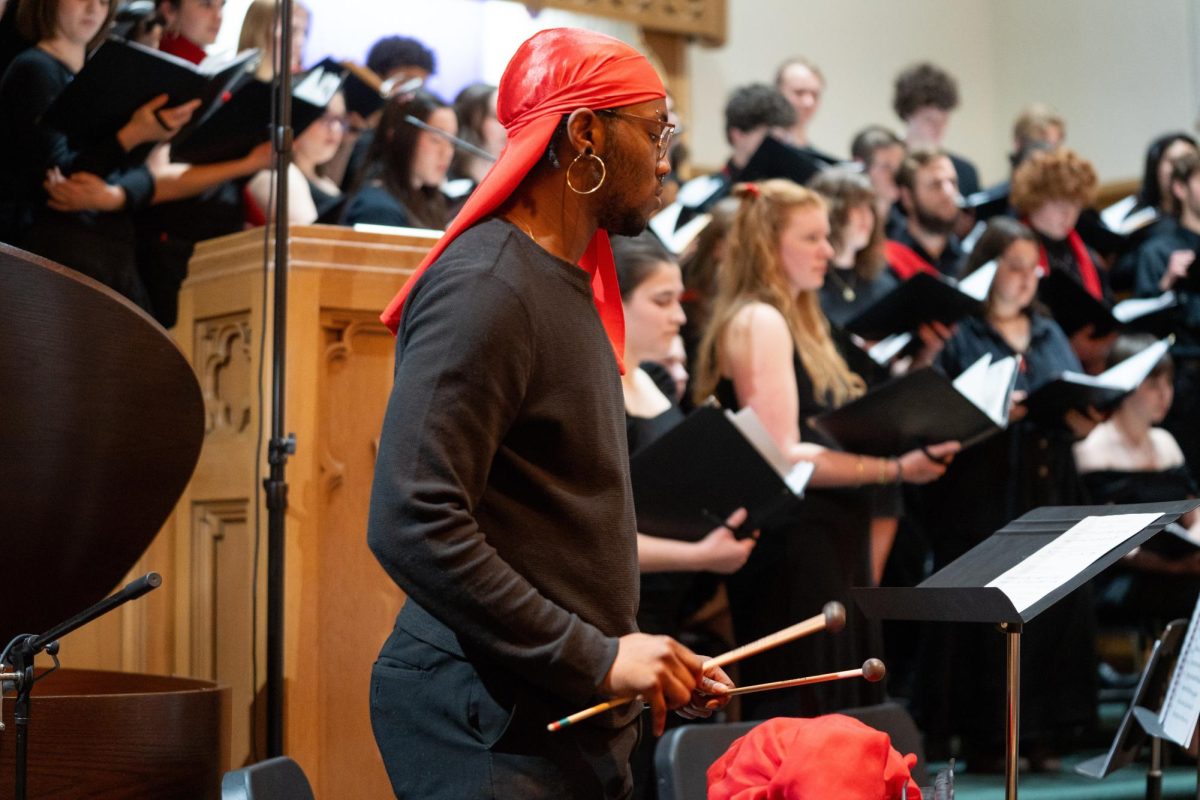
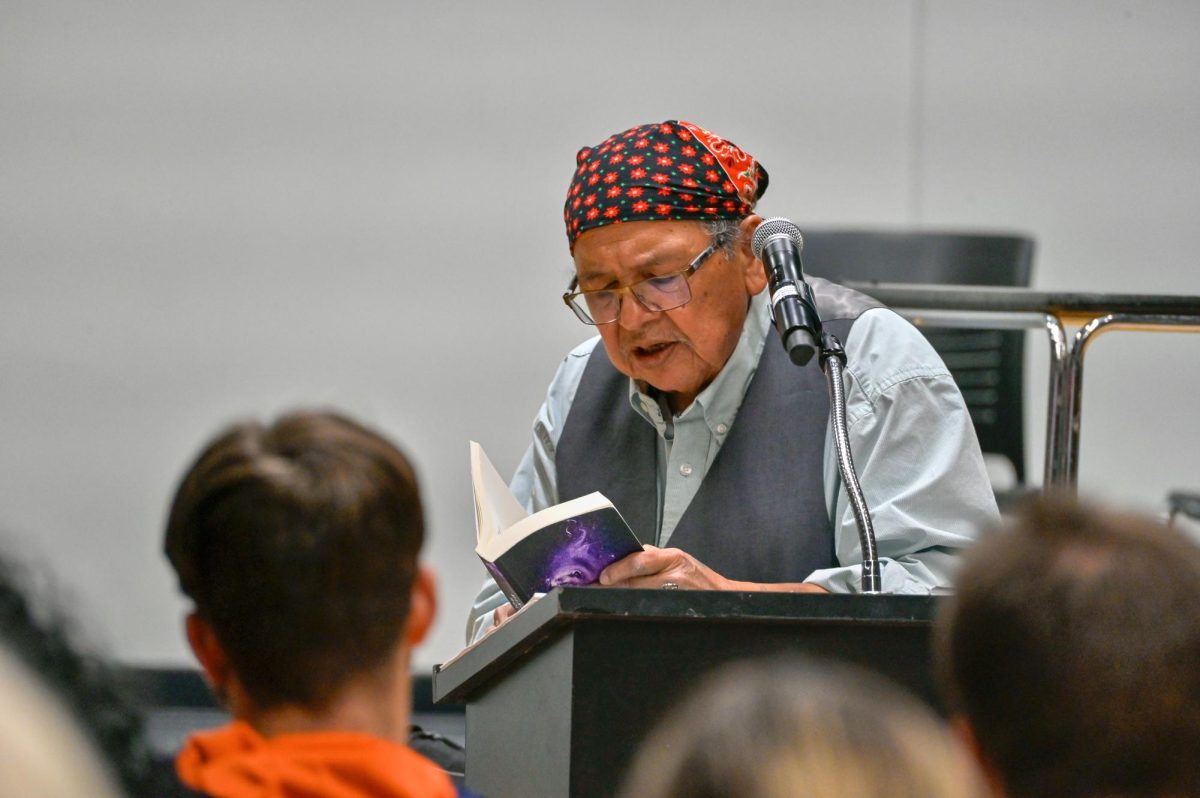
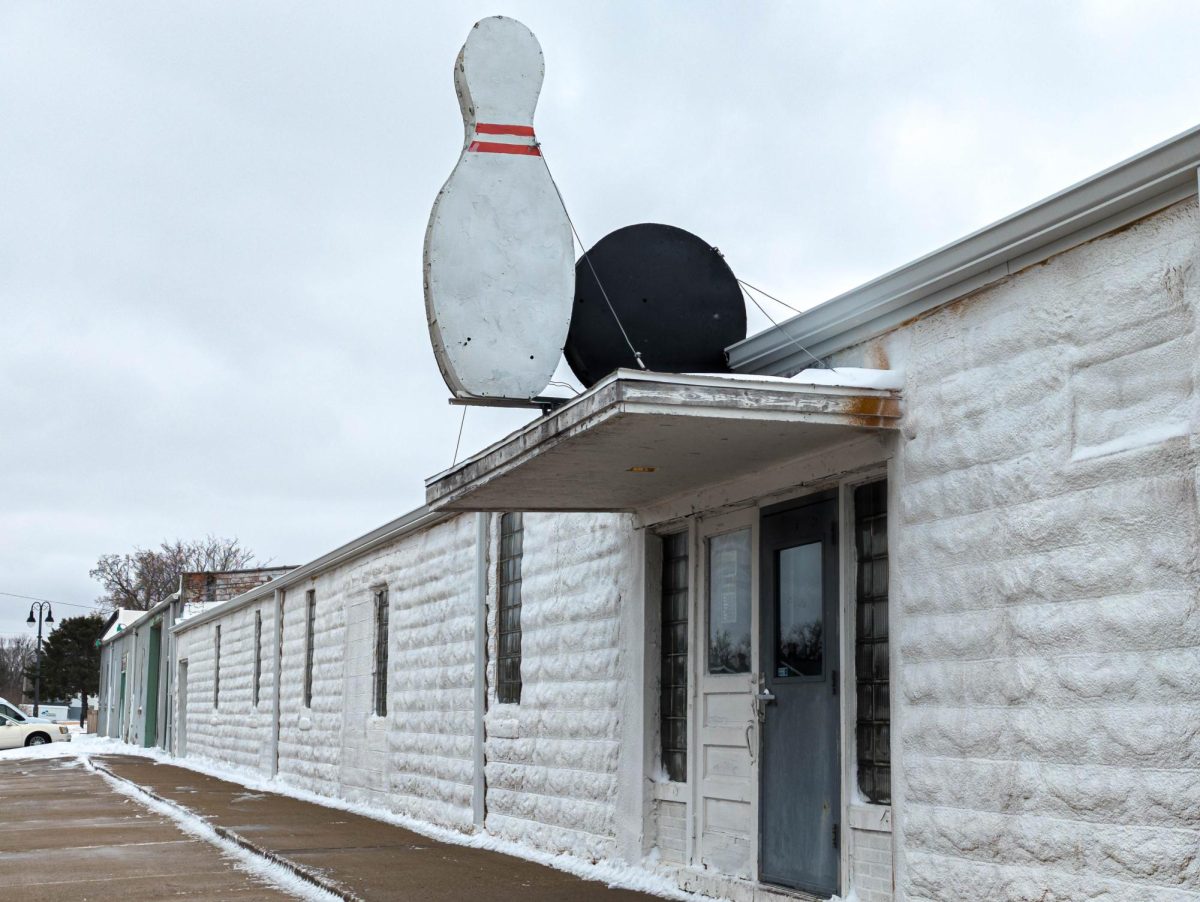
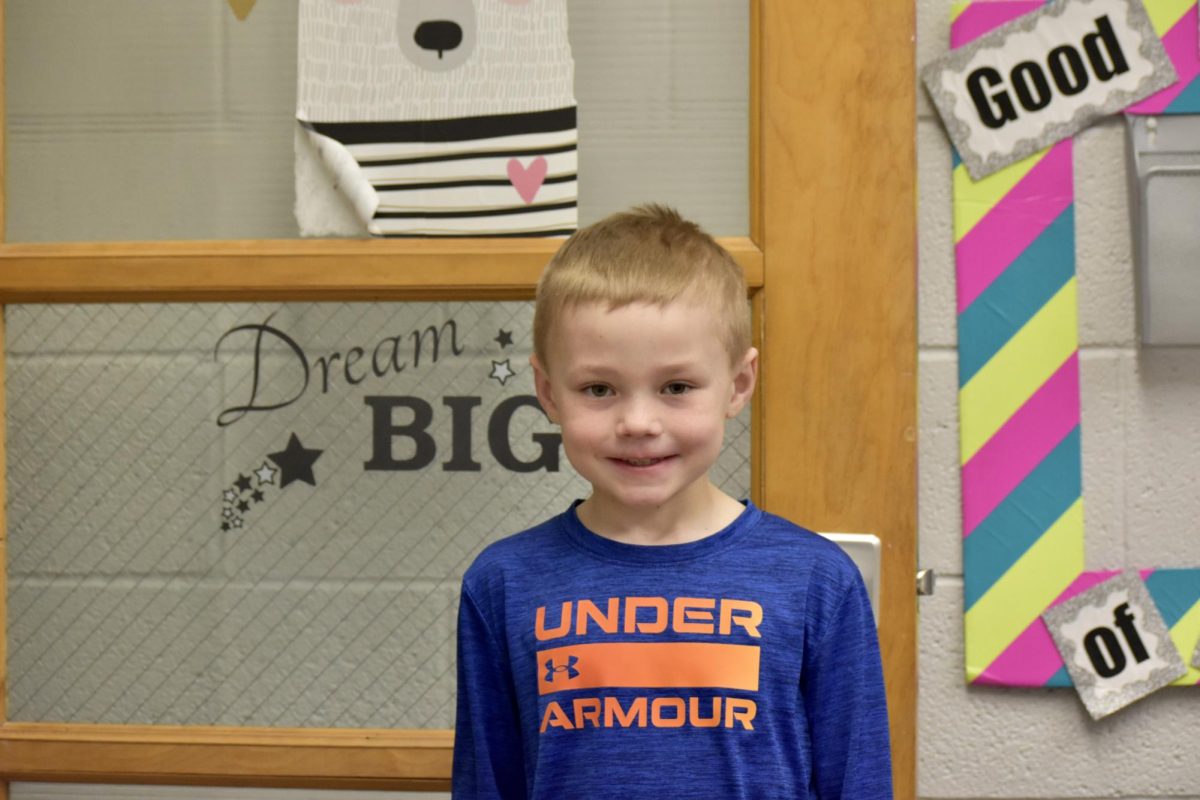
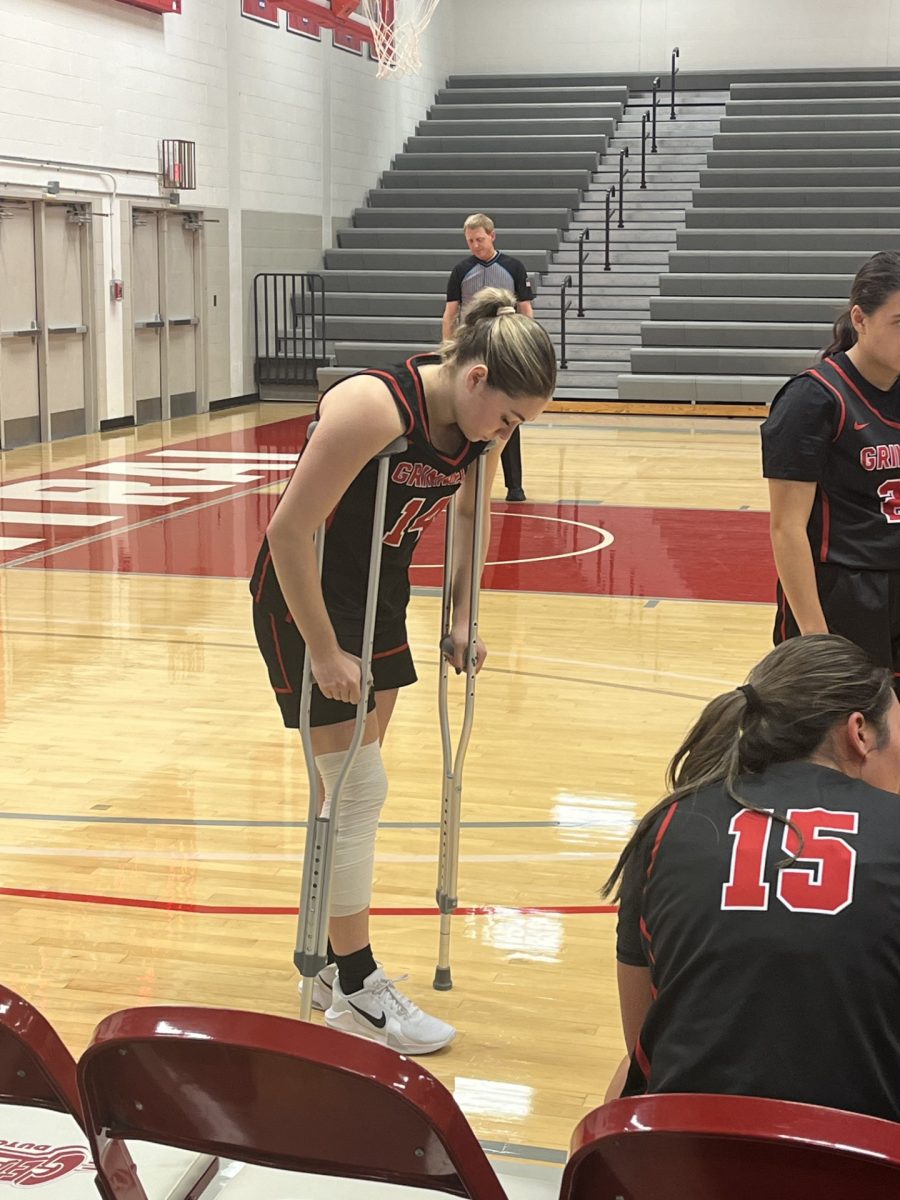
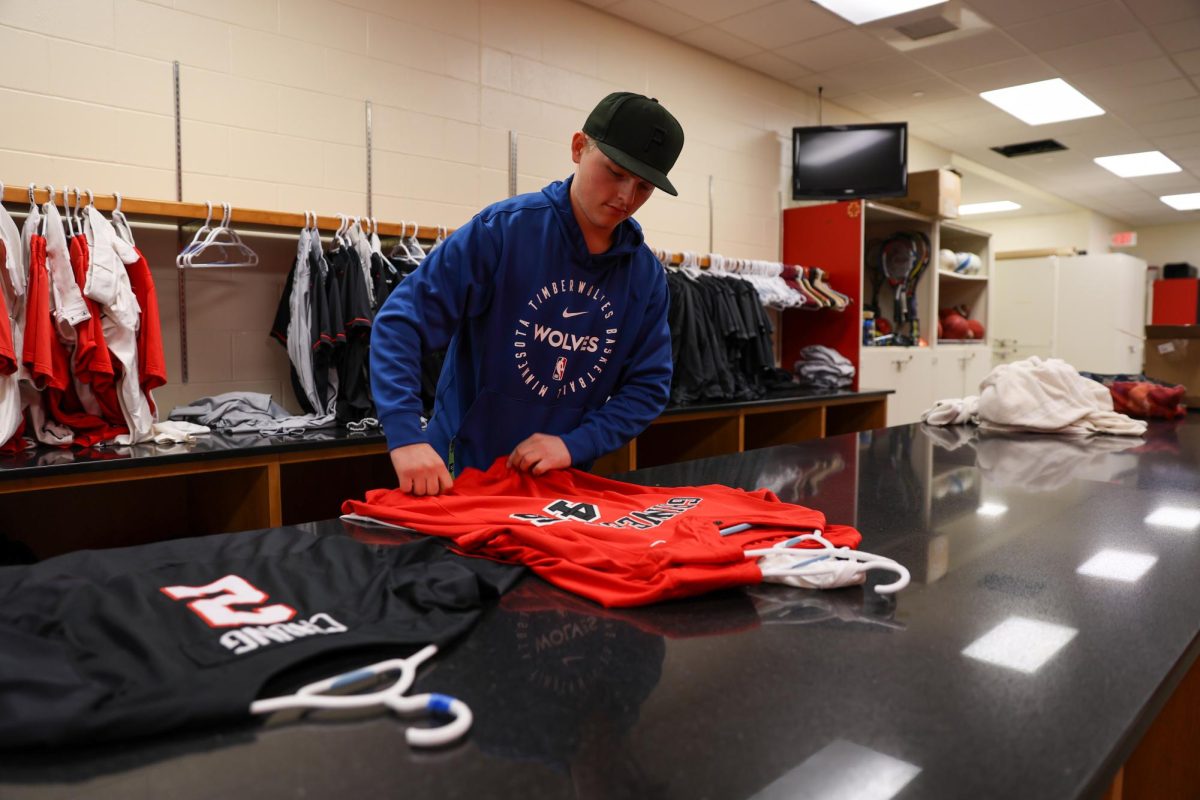

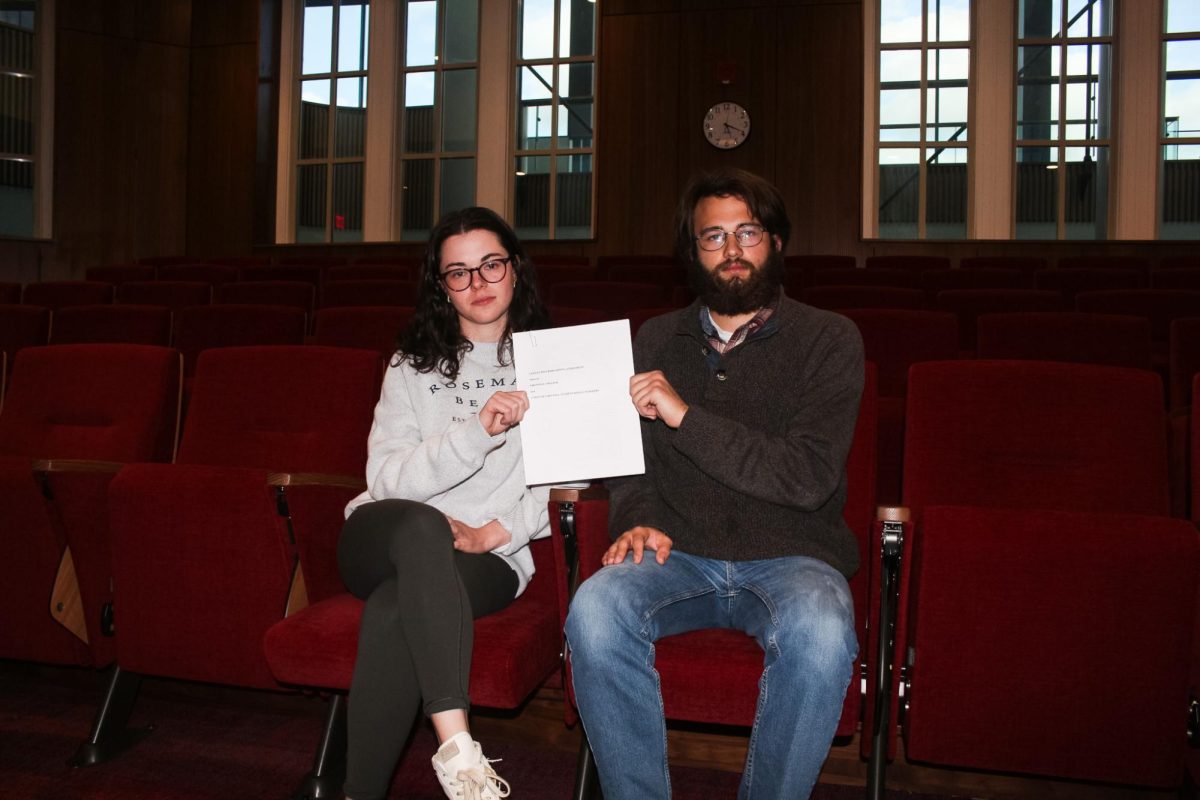
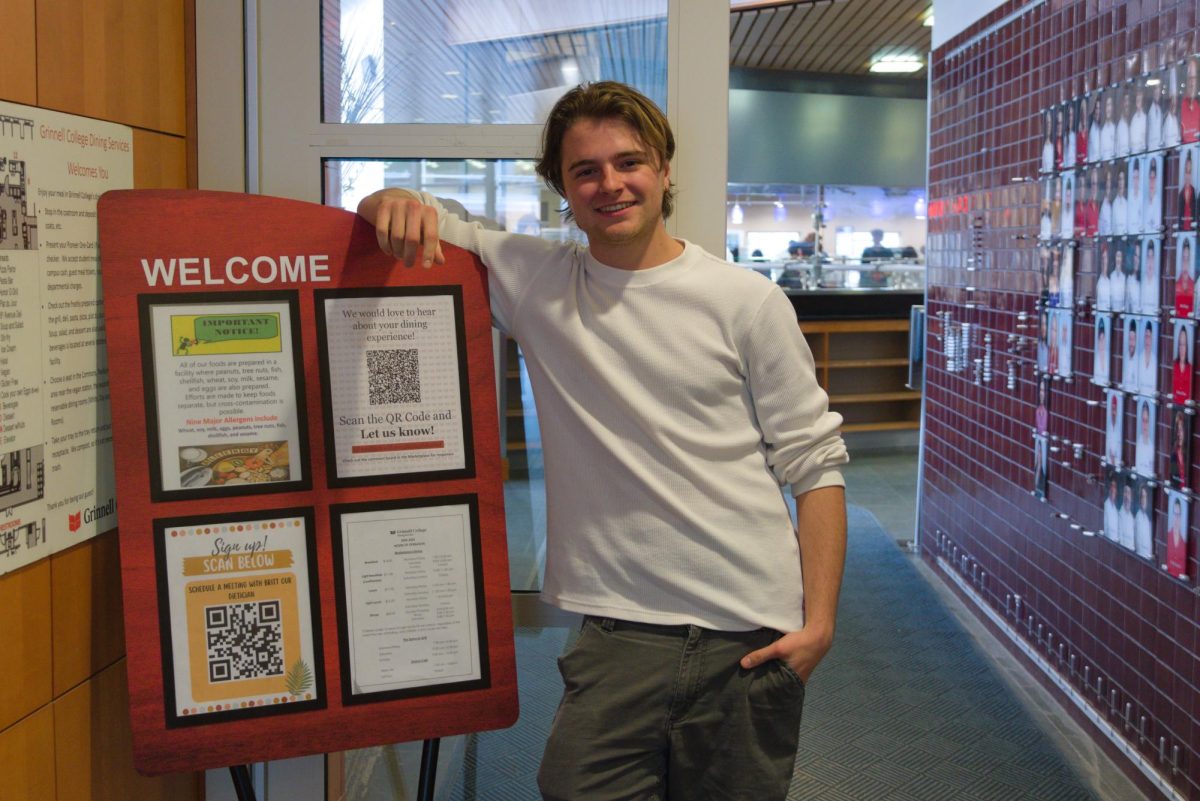
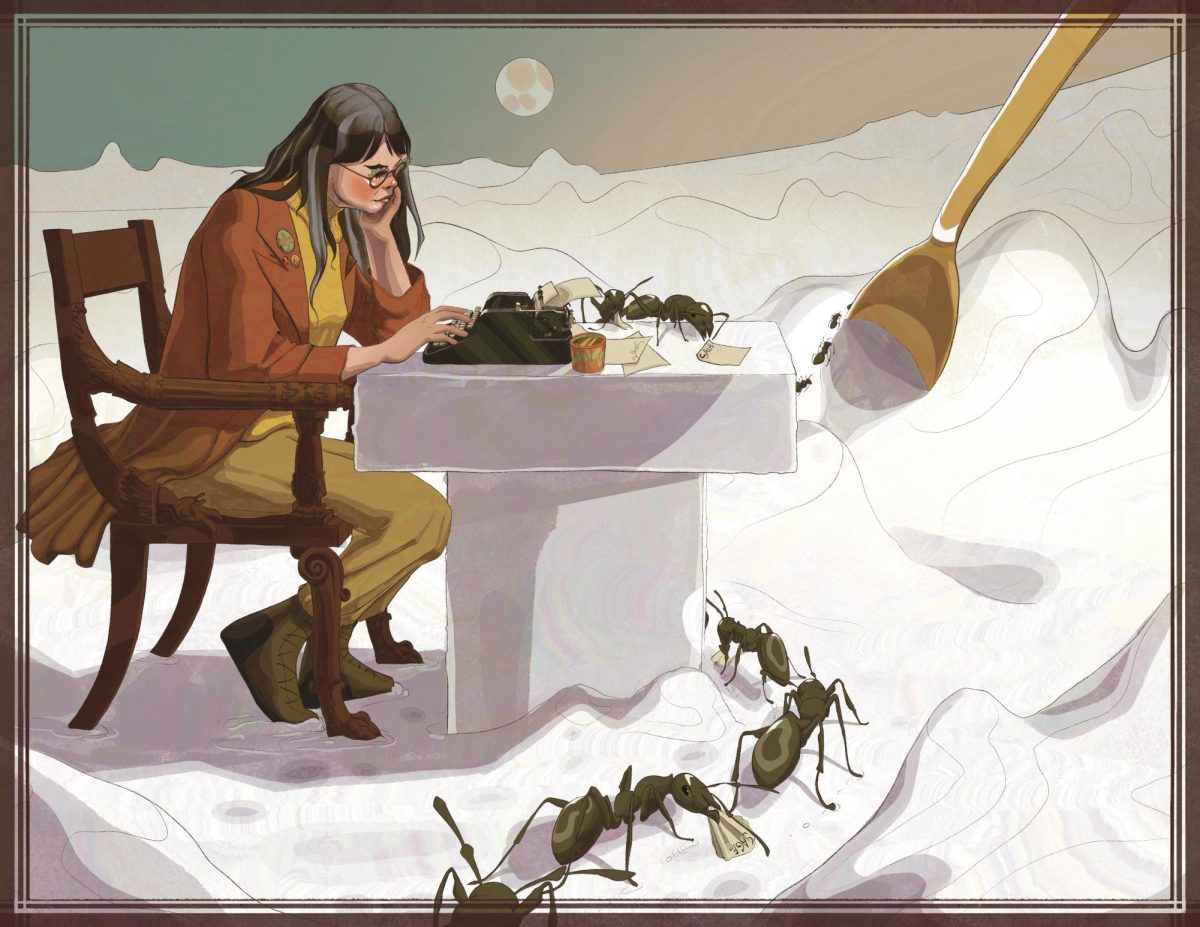

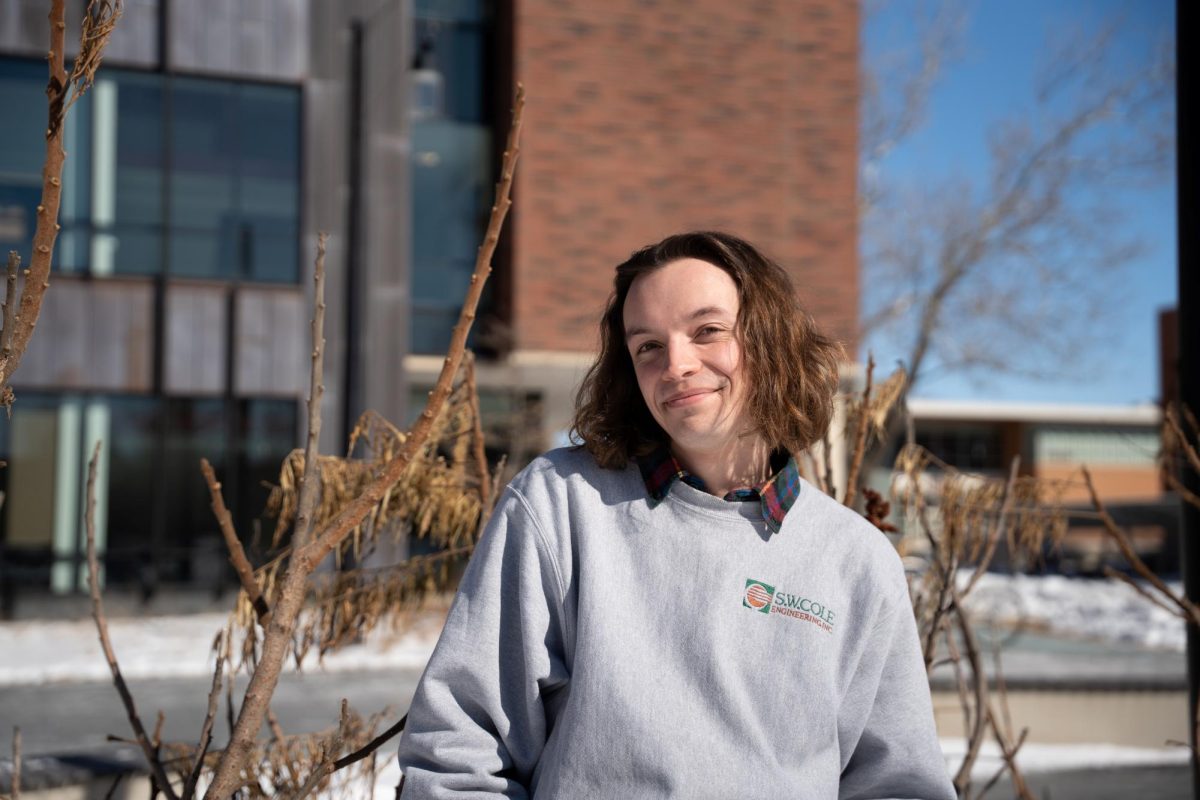












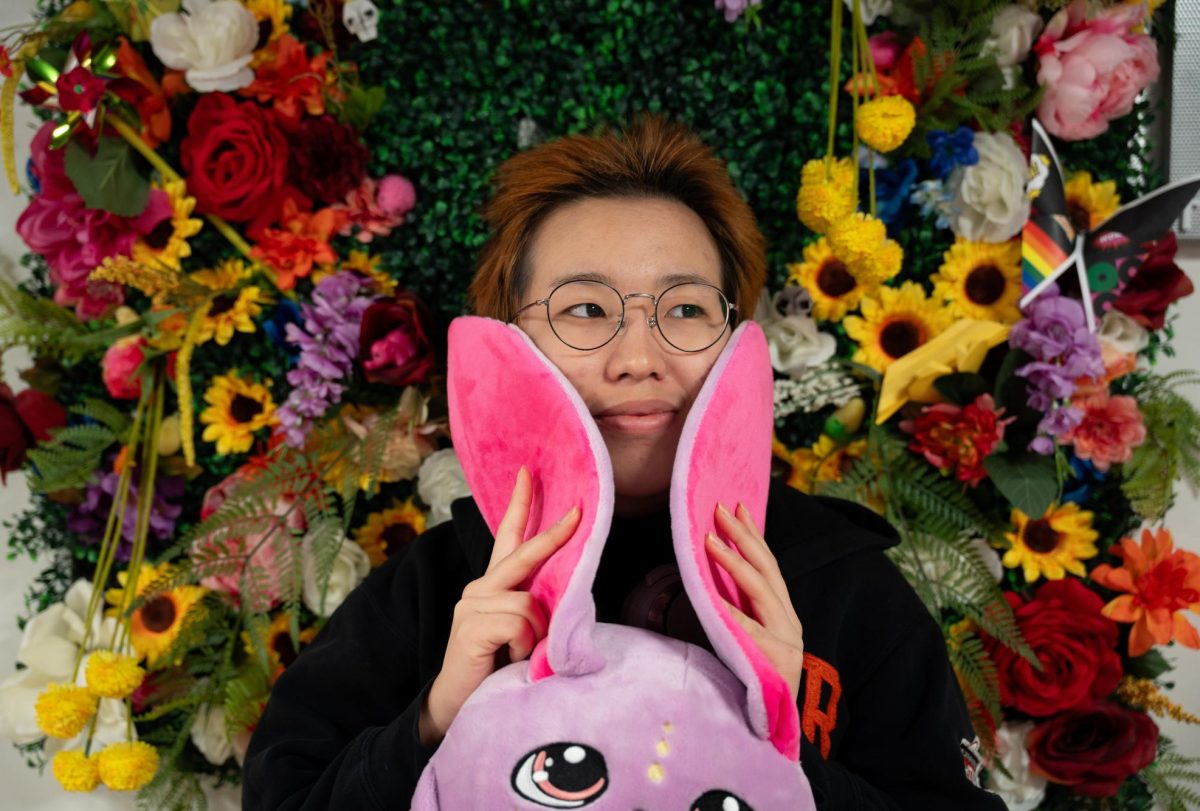






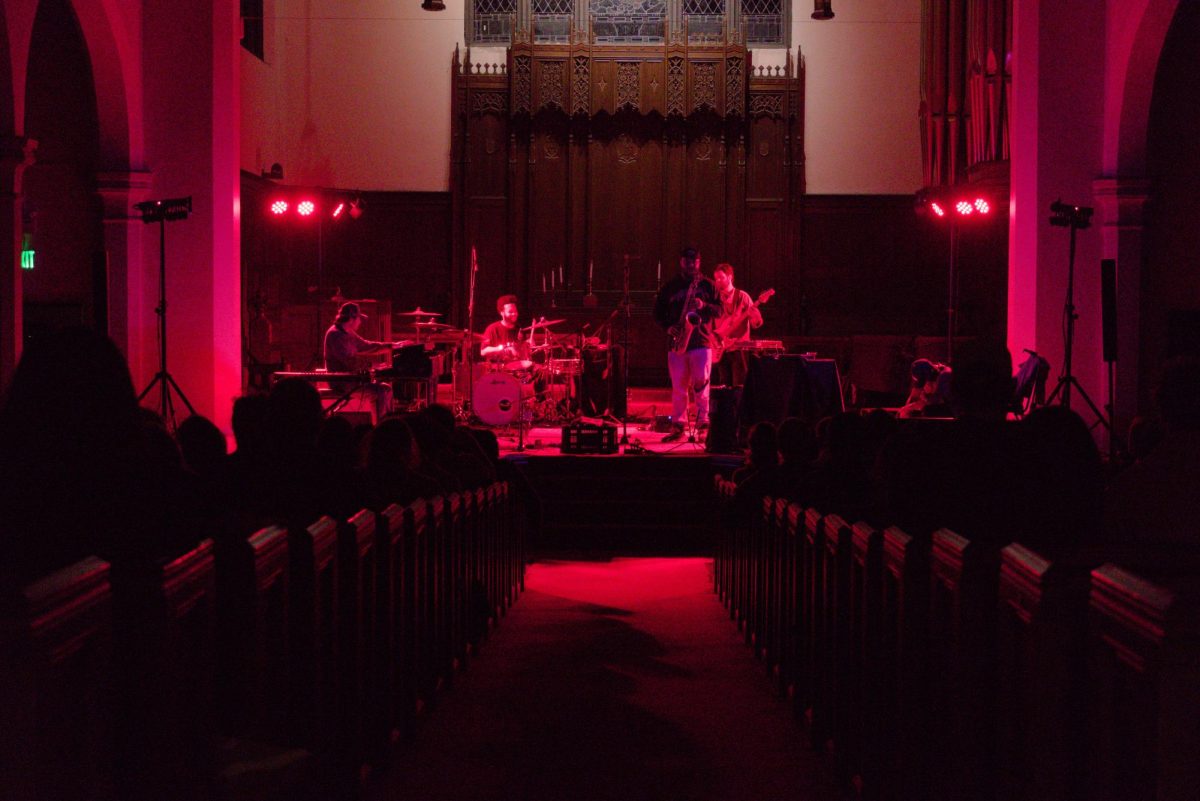

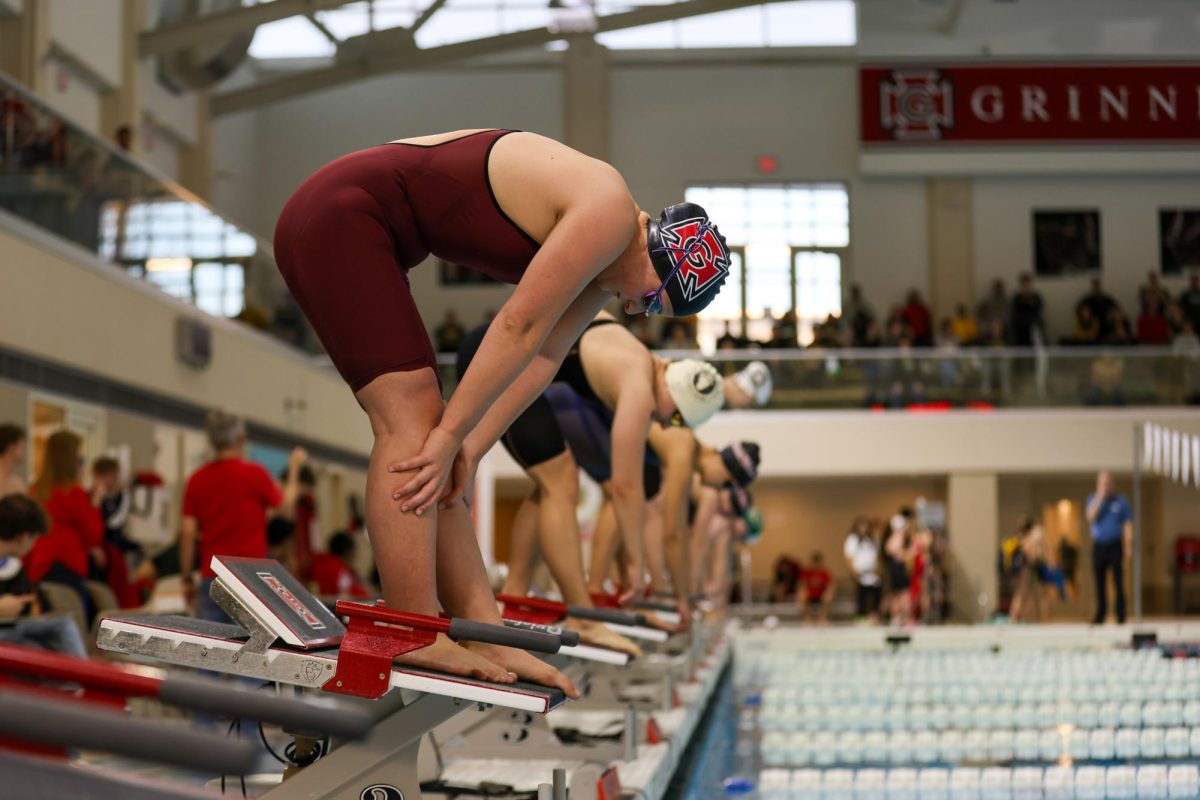
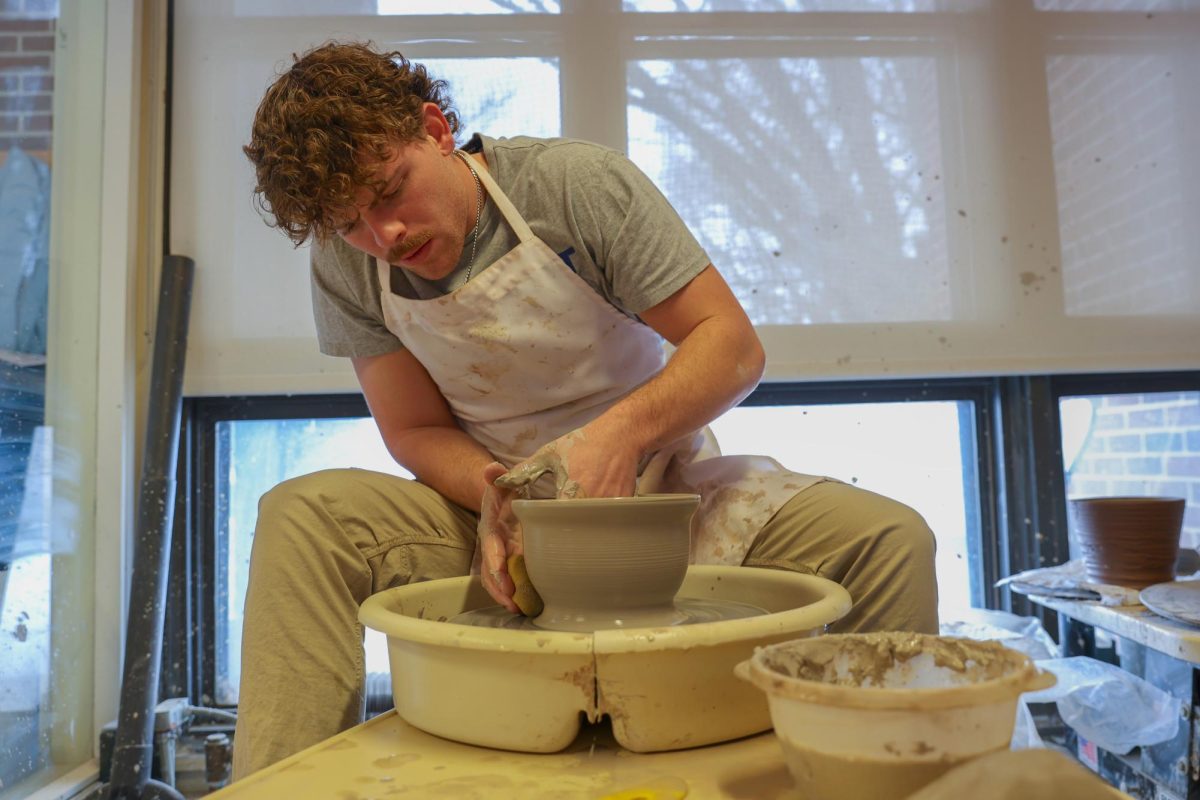

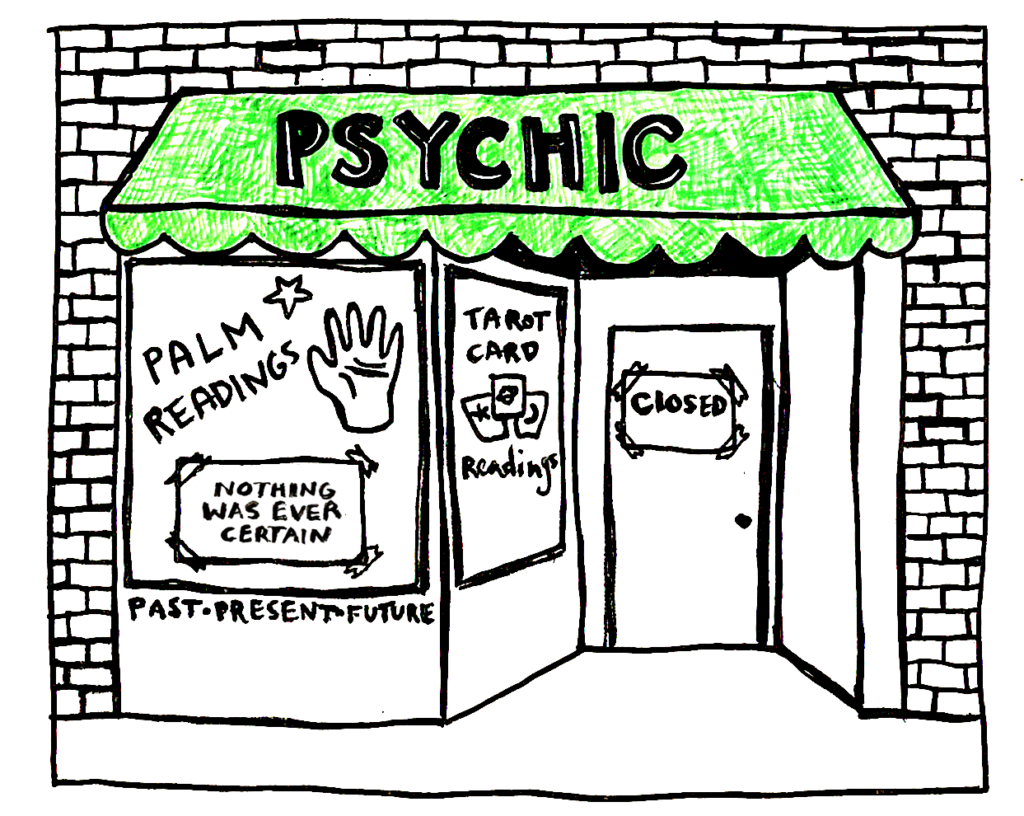


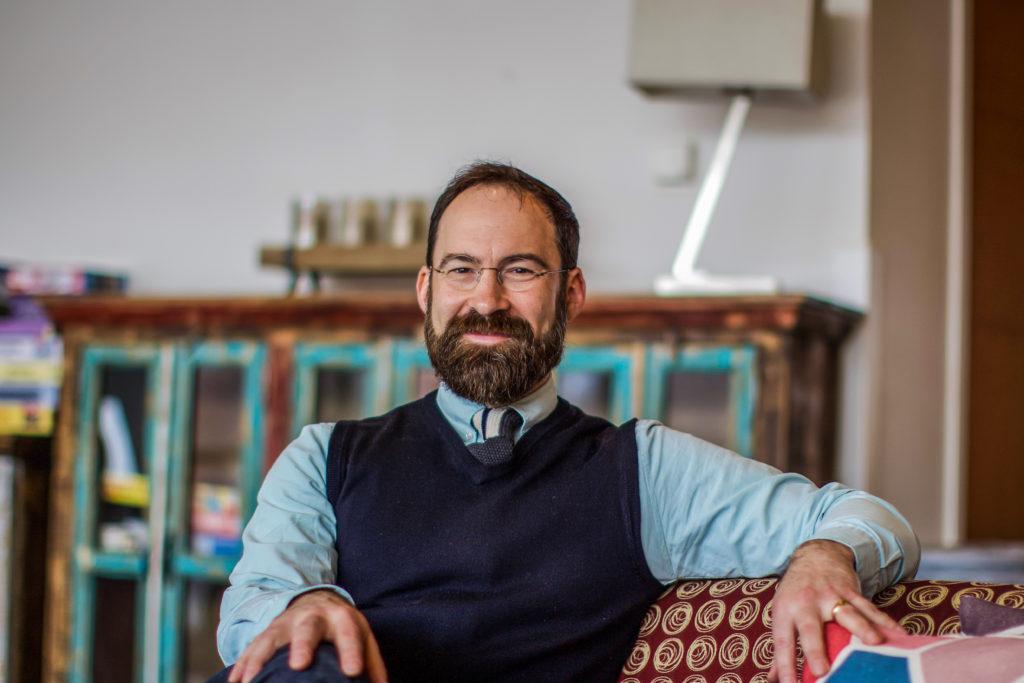

Linda Pilgrim Christensen • May 16, 2015 at 4:14 pm
I am a granddaughter of Nellie (Cooper) & Morey Pilgrim, native Grinnellians. Their decendants donated the Spalding Surrey to the museum. My father is Jim Pilgrim, 90 years old. We will be coming to Grinnell for the Memorial Services on Monday at Hazelwood Cem., weather permitting. He is curious to know if the museum is open on Sun Or Mon. or if we could make an appointment with someone to see the museum & the surrey? My sister & her son (David -Army -Ga.) will be coming from Omaha & my other sister & my father will be coming from Clinton, IA. Please advise if at all feasible? Thanks for your time. Linda C.